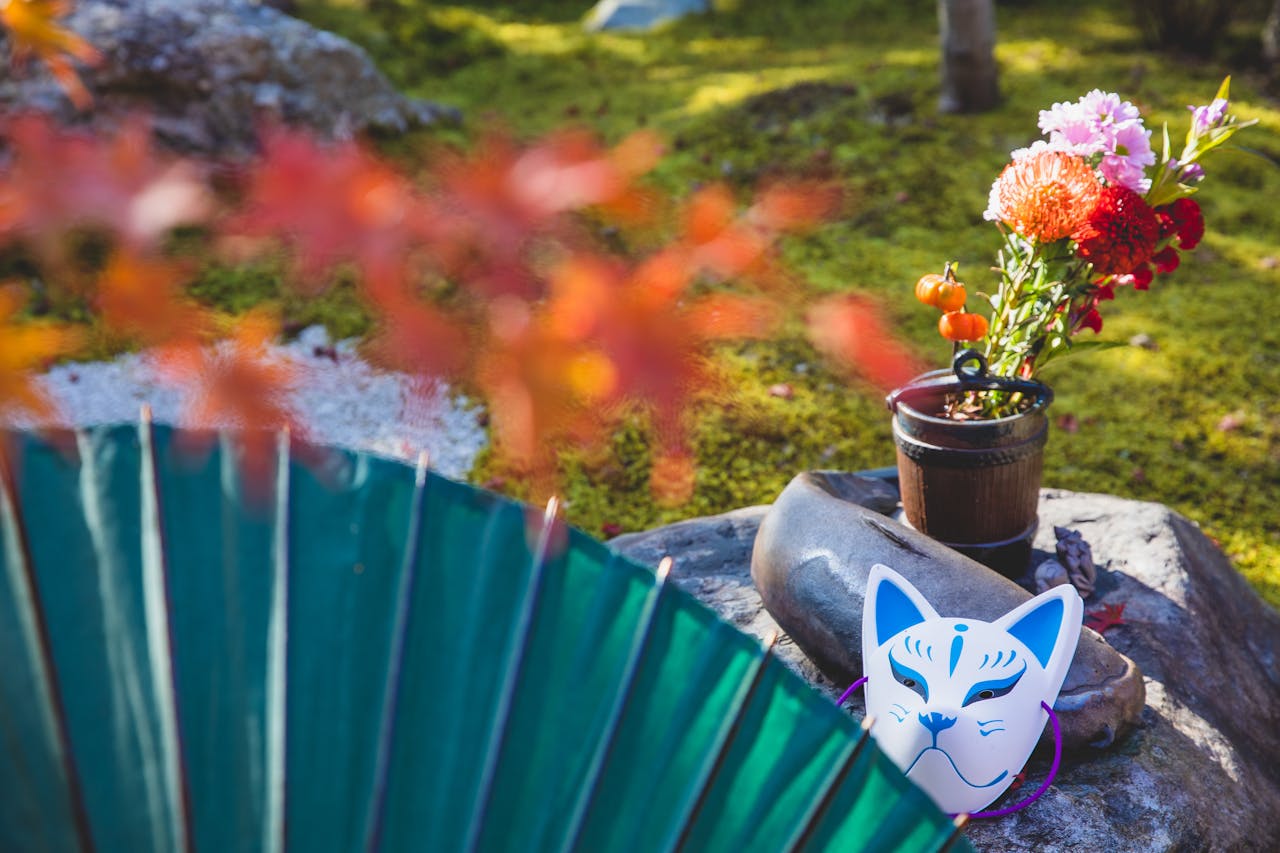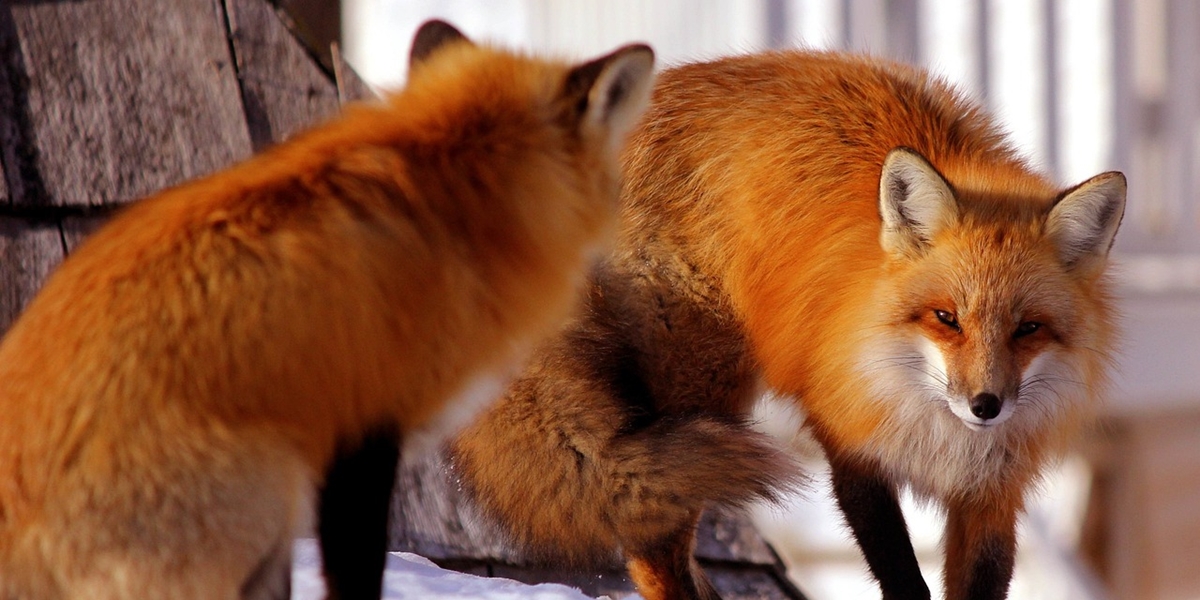Kapanlagi.com - Foxes have a special place in the culture and mythology of Japan. The Japanese fox language may not be unfamiliar to anime lovers. Foxes are not just ordinary animals in Japan, they are considered creatures with magical powers and exceptional intelligence.
In various folk tales and traditional beliefs, foxes play roles as messengers of gods, protectors, and cunning tricksters. Now, in this article, Kapanlagi will discuss the understanding of the Japanese fox language, including mythology and symbolic meanings in Japanese society.
Let's take a look at the explanation of the Japanese fox language, complete with explanations of mythology and culture in Japanese society. Check it out, KLovers.
1. Definition of Japanese Fox Language

Illustration (credit: pixabay.com)
Japanese fox language is called "kitsune". The word is used to refer to a fox in the Japanese language, and foxes often appear in Japanese folklore as intelligent and cunning creatures with magical powers.
In Japanese mythology, foxes or kitsune have an important and unique role. Kitsune are known as intelligent creatures with magical abilities, which increase with age and knowledge. Kitsune are often considered messengers.
Yes, these messengers are usually called servants of Inari, the god of agriculture, fertility, and rice. Kitsune Inari is usually depicted as a kind-hearted creature that helps farmers. Therefore, kitsune is a symbol of goodness, purity, and protection.
In many businesses, especially those related to food and agriculture, kitsune is often honored as a symbol of luck and prosperity. Kitsune statues are often found in these places as a sign of respect to Inari.
2. Fox Mythology in Japanese Culture

Illustration (credit: pexels.com)
In Japanese culture or mythology, kitsune is believed to be the messenger of the god Inari, tasked with conveying Inari's will and messages to humans. They are considered sacred creatures and are often depicted carrying message scrolls in their mouths.
As protectors of Inari shrines, kitsune guard sacred places from evil spirits and negative energy. Kitsune statues are often placed at the entrance of shrines to protect them from disturbances. Kitsune serving Inari are often depicted holding keys.
This symbolizes rice granaries, or jewel balls, which represent spirits or magical powers. One of the most famous Inari shrines in Japan is Fushimi Inari-taisha, located in Kyoto. This shrine has thousands of kitsune statues and thousands of torii gates as the main sacred place.
Usually, worshippers often bring offerings such as rice, sake, and fried tofu (aburaage) to Inari shrines. Fried tofu is believed to be kitsune's favorite food, and offering it at the shrine is a form of respect and prayer for prosperity.
3. Types of Kitsune in Japanese Mythology

Illustration (credit: pexels.com)
In addition to the explanation of the Japanese language of foxes and beliefs, kitsune in Japanese mythology also has several types. In Japanese mythology, kitsune are distinguished based on their character and role. The two main types of kitsune are "zenko" and "yako". Here is an explanation of these types of kitsune:
1. Zenko (good fox)
Zenko is a kitsune that serves Inari, the god of fertility, rice, and prosperity. They are considered sacred creatures and faithful messengers. Zenko is known as a kind-hearted creature, protector, and bringer of luck.
They often help humans, protect plants from pests, and guard Inari shrines from evil spirits. Zenko is usually depicted as white, a symbol of purity and holiness, and is often depicted holding a key or a gemstone ball.
In Inari temples, zenko statues are placed as guardians of the entrance. They are revered and offered offerings such as rice, sake, and fried tofu (aburaage).
2. Yako (field fox/wild fox)
Yako is known as a more wild and often mischievous or evil kitsune. They like to disturb humans, deceive, and cause chaos. Yako is more often depicted as a mischievous creature.
This type of Yako fox itself has strong magical abilities, including the ability to shape-shift into a human or other objects. They often use this ability to deceive or frighten humans.
Many Japanese folktales depict yako foxes deceiving humans, stealing food, or causing confusion. However, there are also stories of yako learning to do good after interacting with humans.
In Japanese mythology, Yako foxes often take the form of beautiful women. Usually, this form is used to tempt men or people known as victims to deceive them into doing bad things.
Other Types of Kitsune
In addition to zenko and yako, there are several other types of kitsune that are often mentioned in Japanese mythology and folklore. Well, to understand them, here are some types of kitsune in Japanese mythology:
3.Tenko
Literally means "heavenly fox". Tenko is a very powerful kitsune who has reached a high level of spirituality. They usually have nine tails and possess incredible magical powers.
4.Kuko
This type of kitsune means "empty fox" or "heavenly fox". Kuko Fox is a kitsune who has achieved enlightenment and is known to have great supernatural powers.
5. Nogitsune
This is another term often used for yako, emphasizing their wild and often evil character.
That's the explanation of the Japanese fox language that KLovers can know. By understanding the language of Japanese foxes and their mythology, you can appreciate the rich and complex cultural heritage of Japan.
(kpl/dhm)
Disclaimer: This translation from Bahasa Indonesia to English has been generated by Artificial Intelligence.















